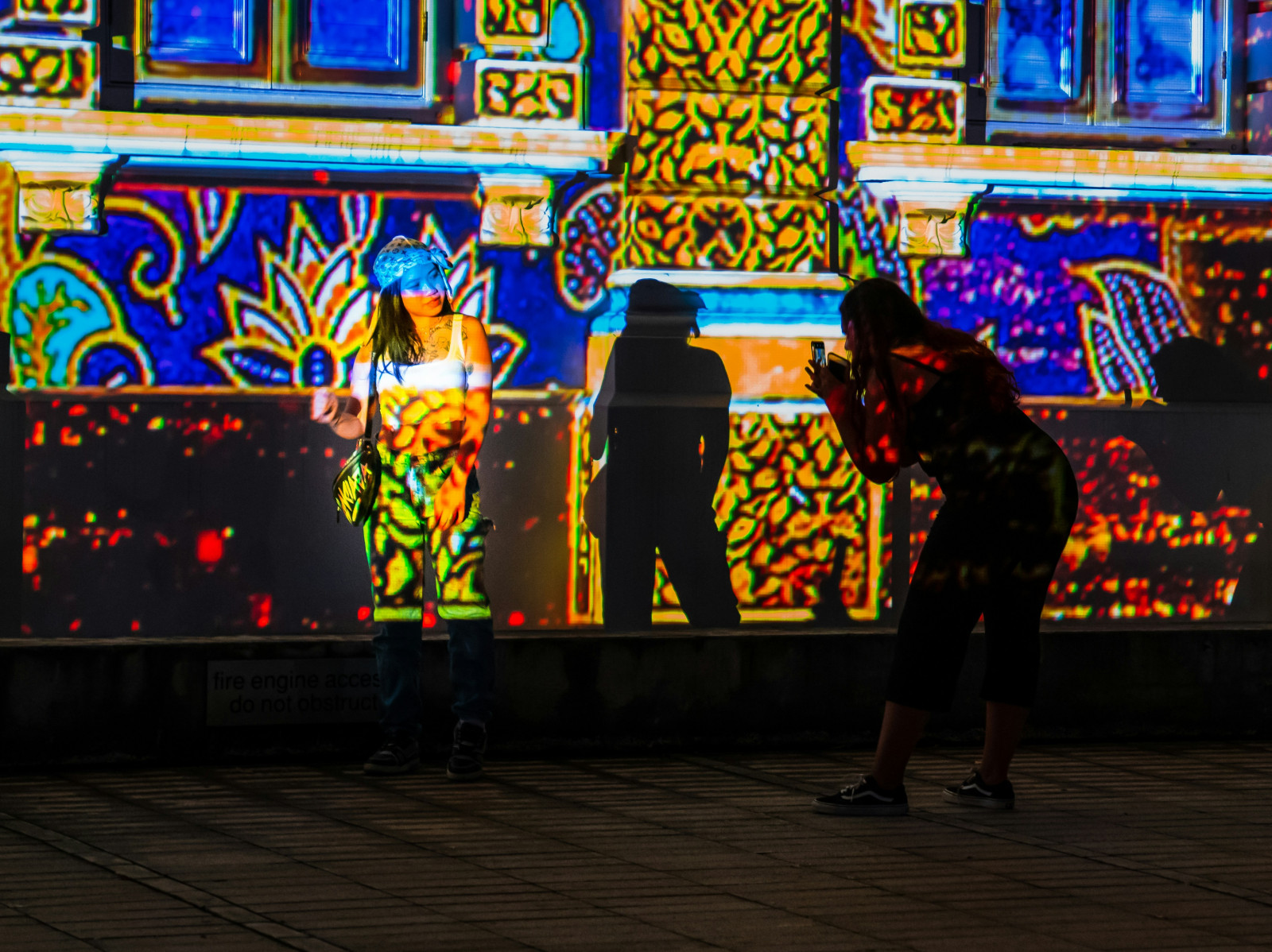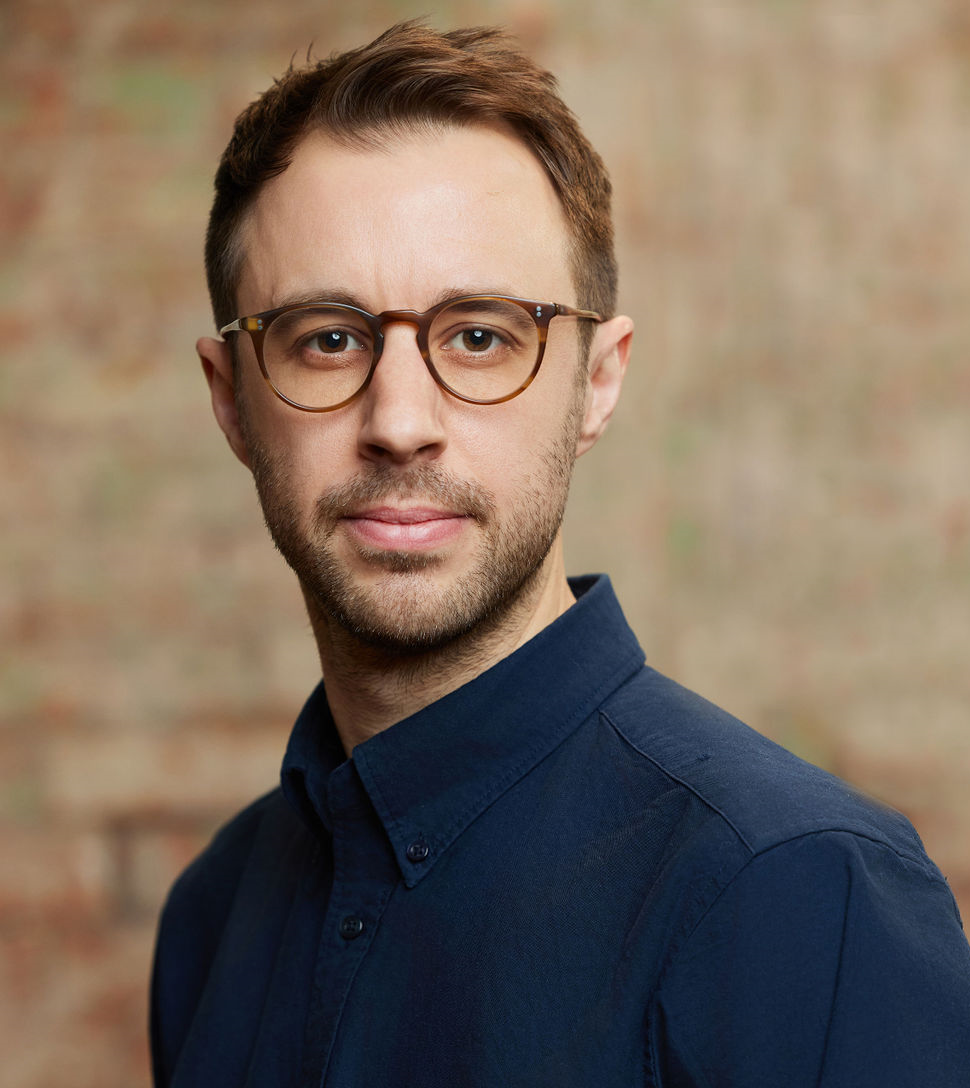The battle has begun to own the creator through all-encompassing ecosystems

Photo: Winel Sutanto

There has always been tension between the goals of creators, social platforms, and creator tools companies. As the creator economy has evolved, a push and pull has ensued between what creators’ feel is fair remuneration for their work, and what the industry feels is the right commercial framework for sustainability. Centre to that is often revenue share of creator subscriptions or advertising revenue. Finding a middle ground to satisfy both parties has been tricky. The challenge has been made even more difficult due to the macroeconomic pressures caused by the cost-of-living crisis.
Despite this, creators have benefited from the competition between platforms. The likes of YouTube and Twitch competed to offer better financial terms for creators that would either tie down superstar creators on exclusive deals or encourage beginners to start their creative journey on their platform. However, come October it will be a year since Twitch decided to back simulcasting. This move cooled competition with its rivals as it meant most Twitch creators were allowed to broadcast their same livestream on YouTube or Kick. On the surface, this helped some creators, providing them with an easier route for growing their audiences across platforms. It also helped the platforms looking to reduce costs amid a challenging economic backdrop. The move pared back the need to strike as many exclusive deals as possible with creators. After all, there is less of a need to poach or become embroiled in bidding war for talent, if creators can freely distribute their content. It was signal that creator pay inflation had reached a ceiling.
Creator tools are a focus for driving engagement
However, this is not to say that platforms have become more breezy about securing creator engagement time. Efforts to lockdown creators on platform for as long as possible are still there, but the mechanisms to do it are evolving. While remuneration remains an enabler, social platforms are focusing more attention on the benefits of developing in-house creator tools. Part of the intent here is to widen the funnel to more beginners by making creating easier. But equally, it is about realising the benefits of owning the creator journey from start to finish. As YouTube continues to develop AI tools that can generate ideas, streamline workflows, and improve content quality, it is becoming more than just a vehicle for distributing and monetising creator content. Put simply, YouTube is becoming a wholistic creator ecosystem that keeps creators in their social hemisphere for longer.
Featured Report
MIDiA Research 2025–2031 music creator tools forecasts AI comes to town
This music creator tools forecasts report acts as a companion piece to MIDiA’s report “State of music creator economy: AI’s growing reach ” . This report provides analysis, market sizing, and forecasts for users and revenues for music creator tools revenues across the following categories: Software and services DAWs Music software (plug-ins...
Find out more…And it is not alone in this approach. TikTok’s partnership with CapCut through ByteDance’s joint ownership is also narrowing the gap between creation, distribution and consumption. TikTok videos created with CapCut’s editing tools carry watermarks, which direct consumers towards creating on CapCut. It helps nurture a virtuous circle between creation, distribution, and consumption that has proven effective at encouraging more consumers to start creating.
What is making this strategy so attractive to social platforms is the AI tools themselves. AI tools are making it easier for beginners with little or no skill to achieve high quality results, while enabling intermediate and advanced creators to increase their output. AI’s ability to streamline workflows makes investing in tools more palatable for social platforms. By combining multiple tools into a series of straightforward workflows, it is easier for social platforms to get consumers creating within minutes, as opposed to offering a mixed bag of tools that require more time to master. What this has done is create a new battleground between social platforms and creative tools providers around who can offer the most engaging workflows that help creators achieve their creative intent, quickly and effectively while having fun.
Monetising wholistic creator workflows
And it does not end there. By finding these synergies between creation and distribution, AI is driving fresh energy into streamlining and controlling the whole creative journey, from ideation, content generation, distribution, monetisation, audience engagement, fandom, and merchandising. Take Colin Kaepernick, the former San Francisco 49ers quarterback who launched the AI start-up Lumi in July. This start-up backed by $4m in venture capital funding from Seven Seven Six, Kapor Capital, Impellent Ventures and others is enabling creators to independently create, publish, and merchandise their own comic books. Kaepernick told The Information that he wants to combat the “disconnected and disjointed” experience of using multiple tools with different providers by creating a one-stop shop. To monetise it, Lumi will take a cut of the creators publishing and merchandising revenues, while offering the software through three monthly subscription plan tiers of $20, $40, and $75. If Kaepernick’s approach become part of a wider trend, then expect more AI start-ups to crop up focused around delivering the best results for specific workflows rather than tools with a more universal use case. The battle of creator ecosystems is among us, with engaging and wholistic workflows being key to keeping creators and consumers engaged for longer.

The discussion around this post has not yet got started, be the first to add an opinion.